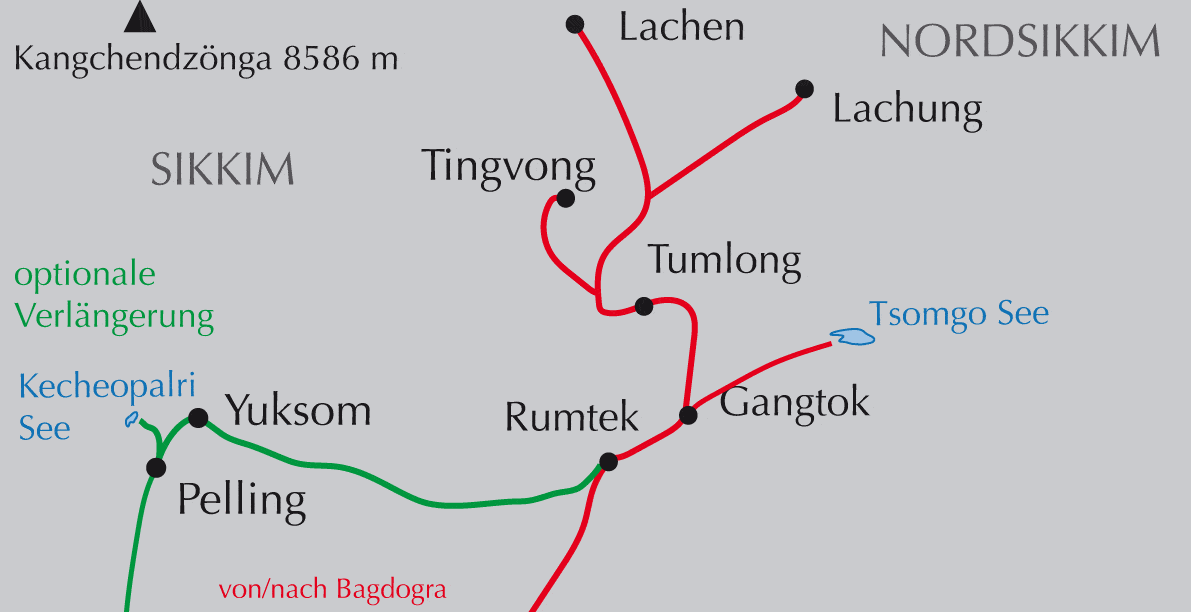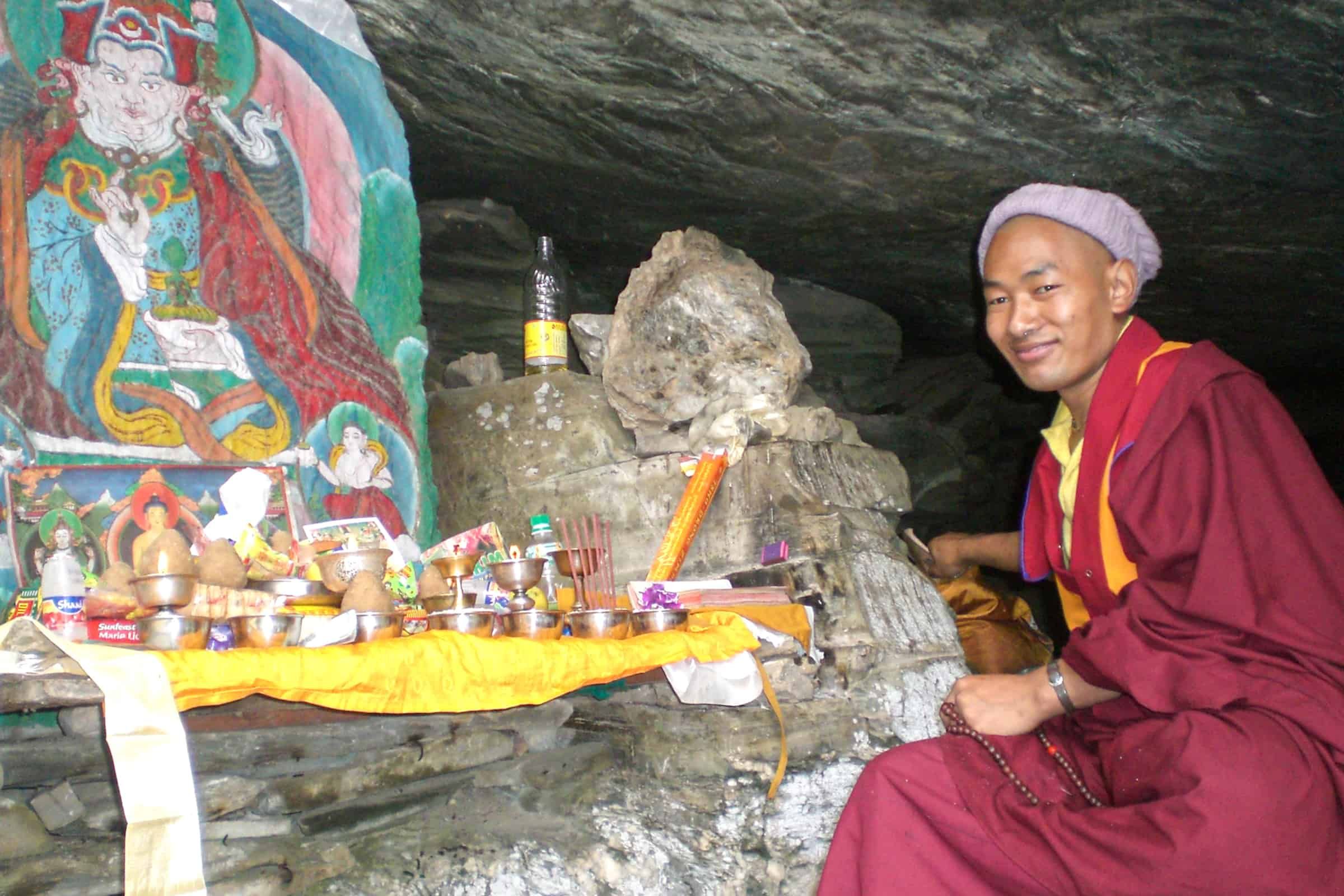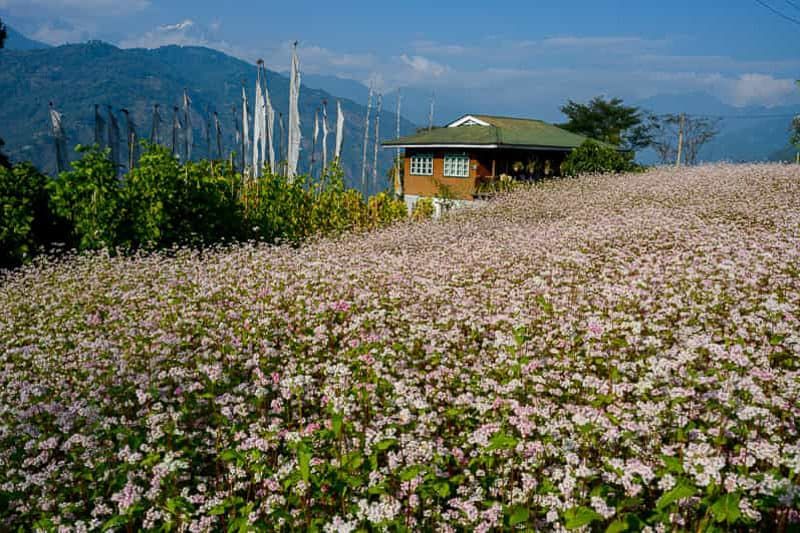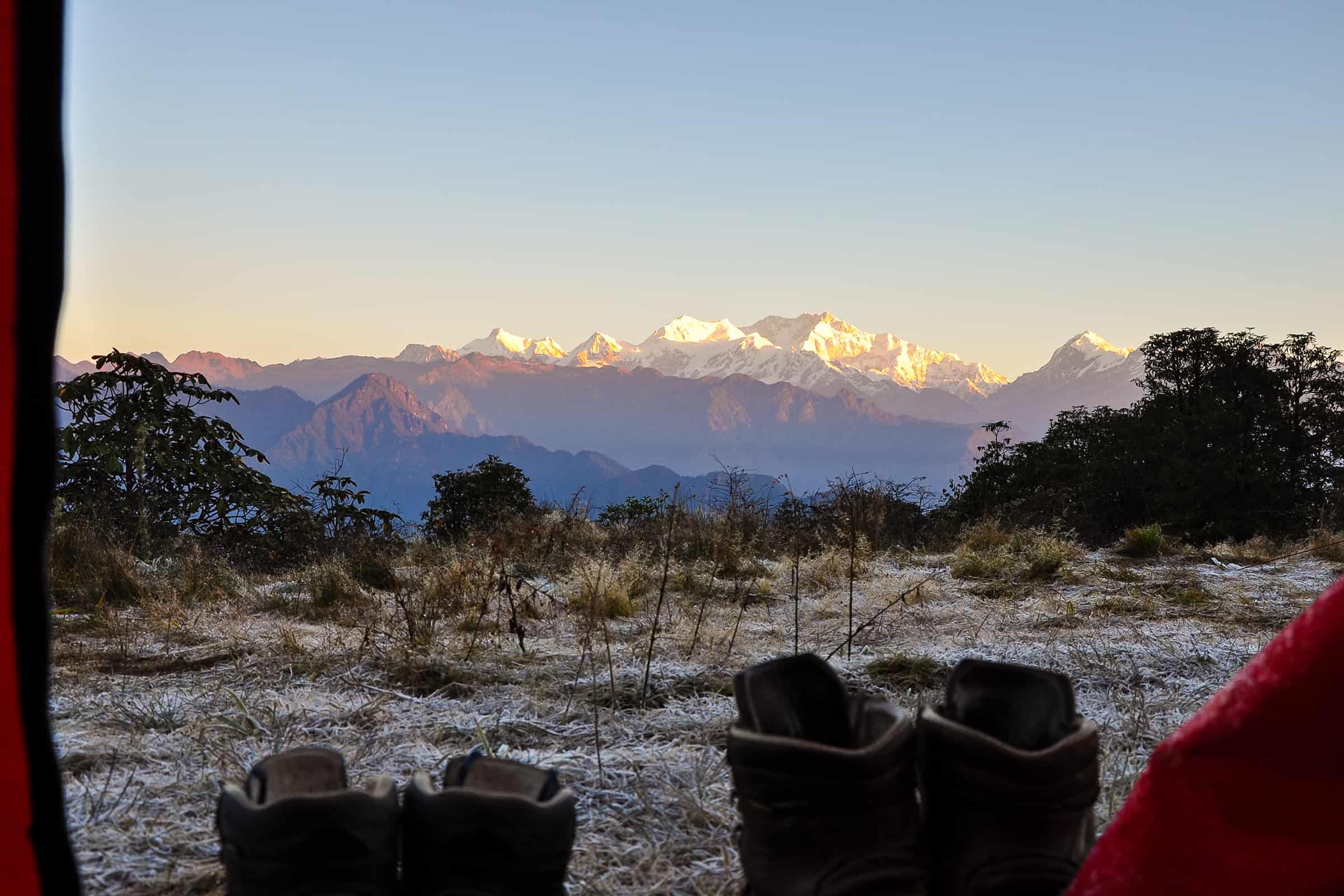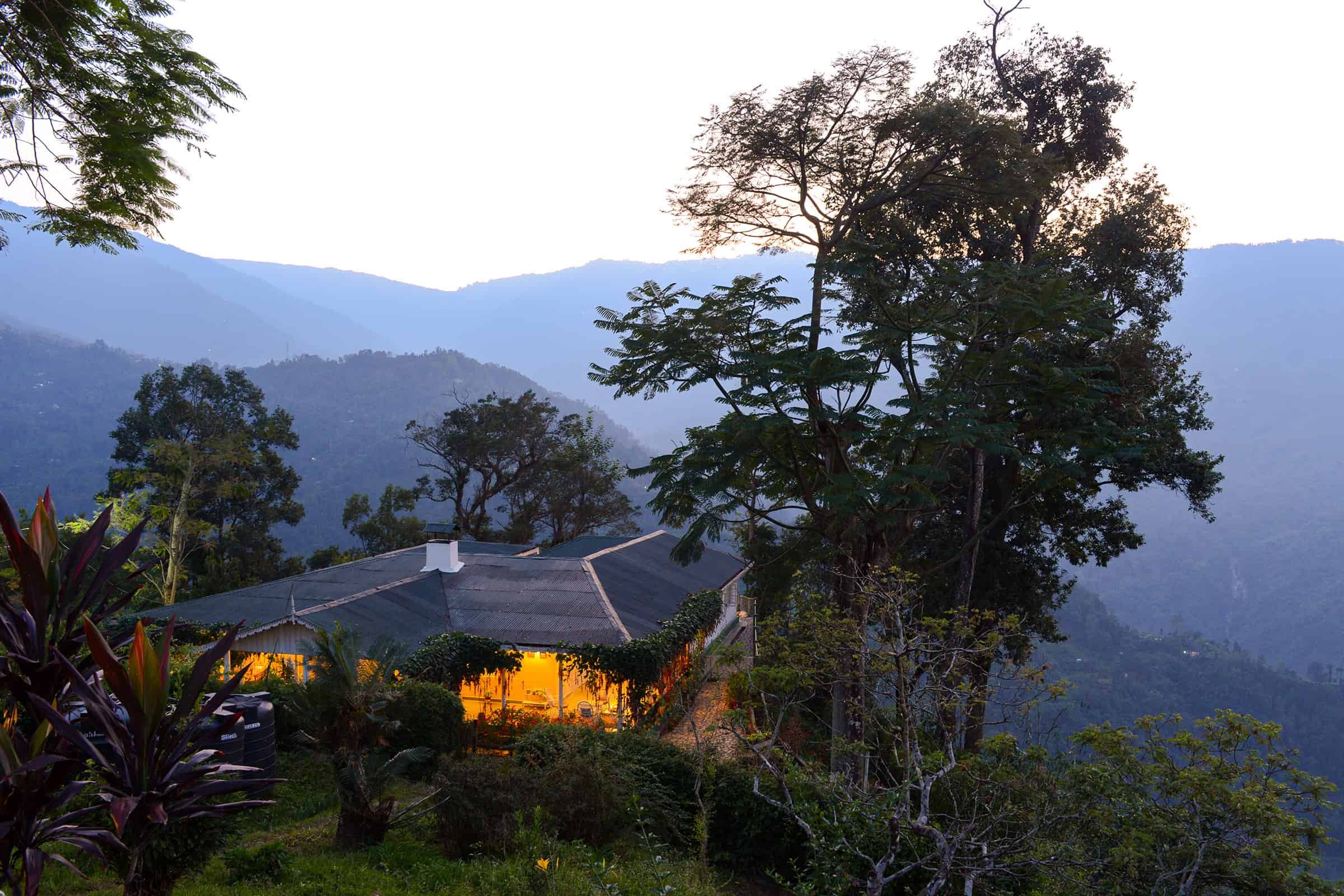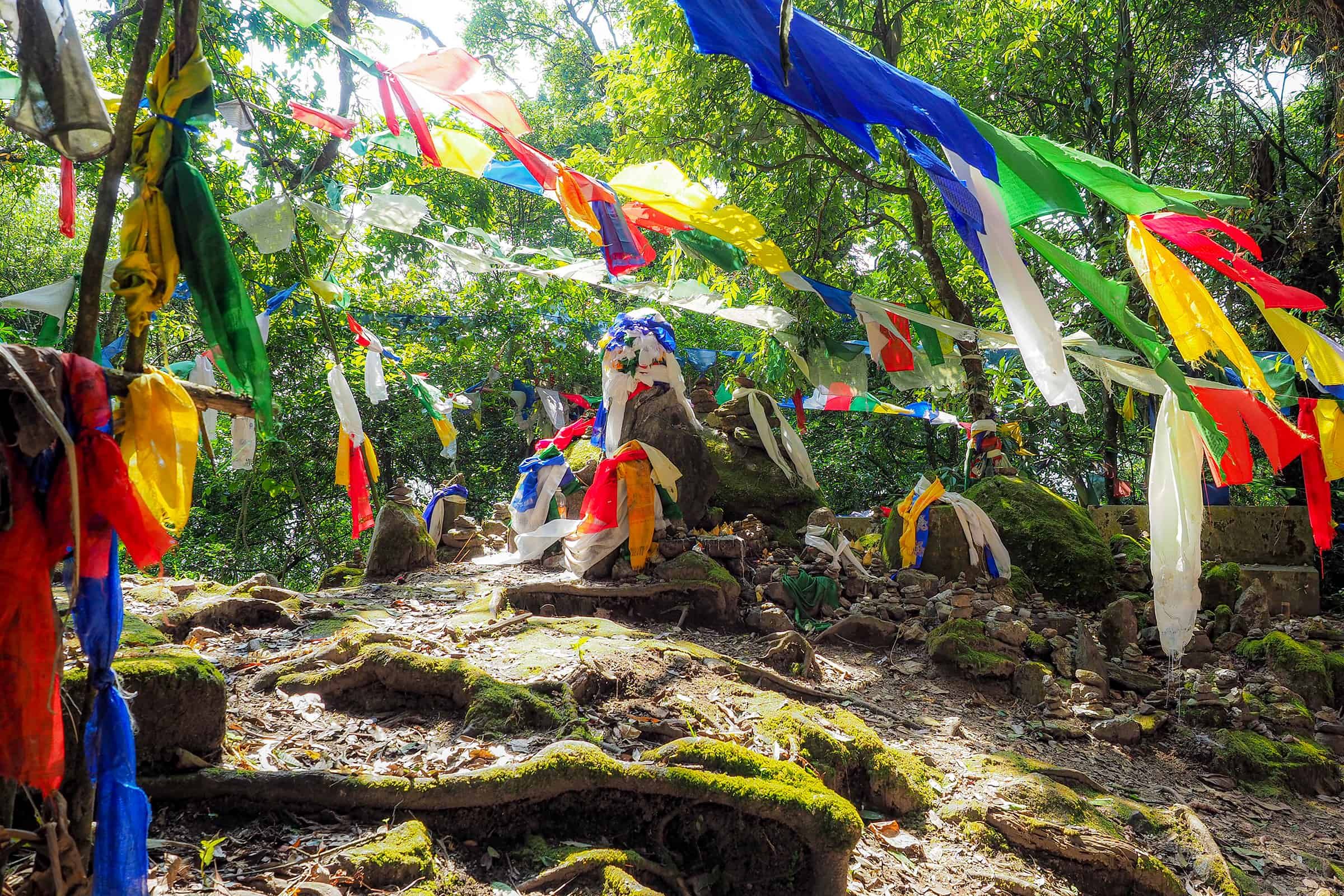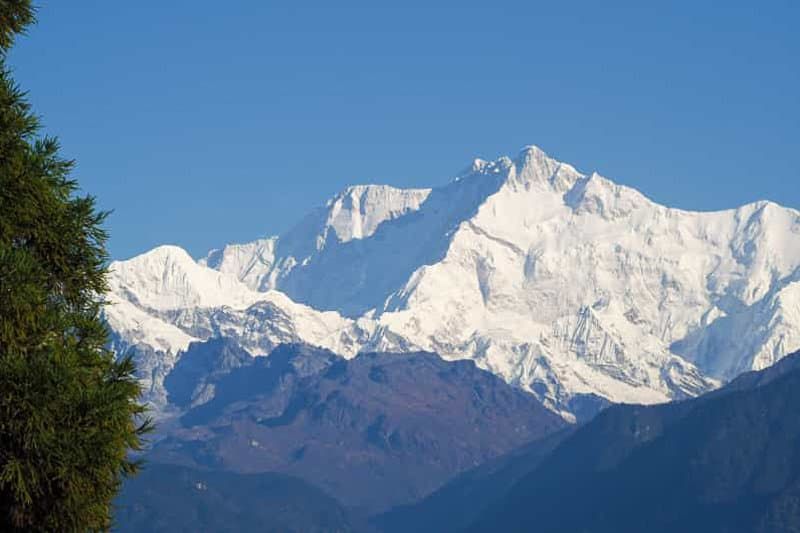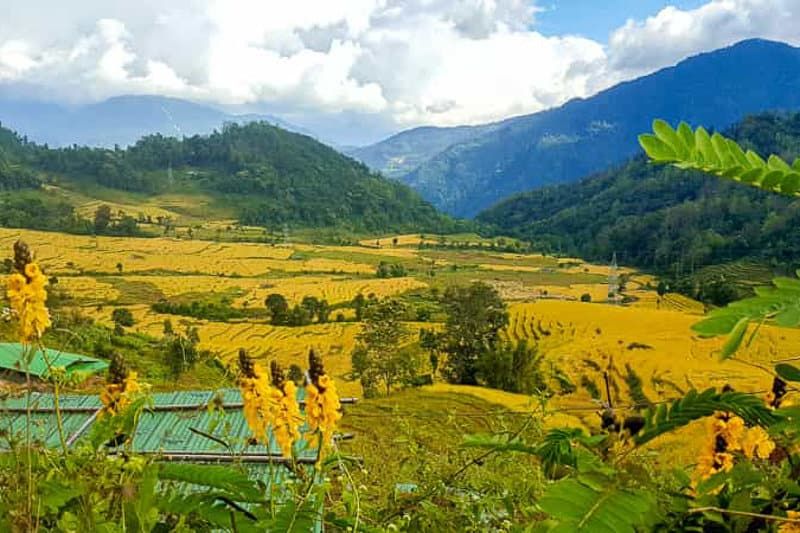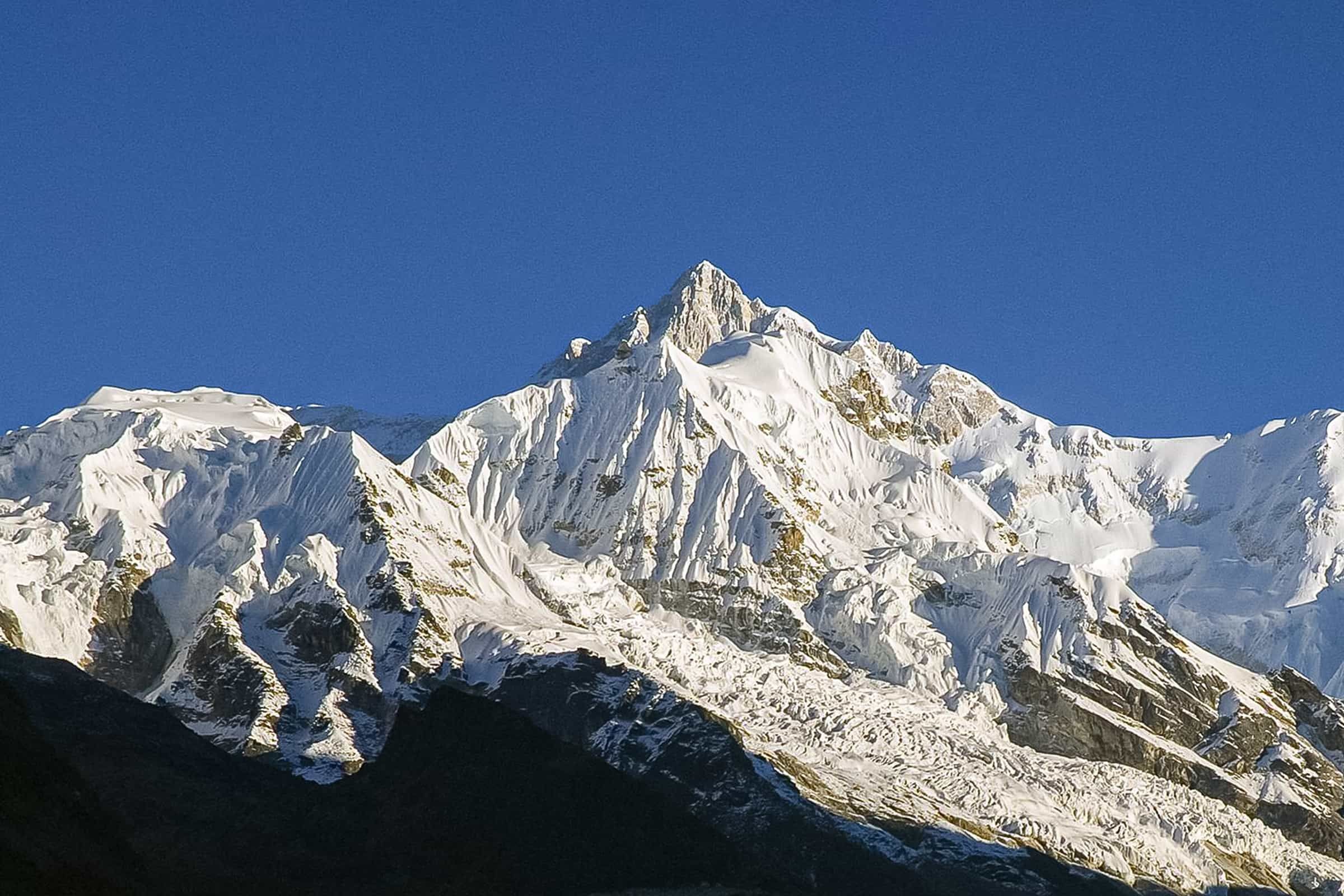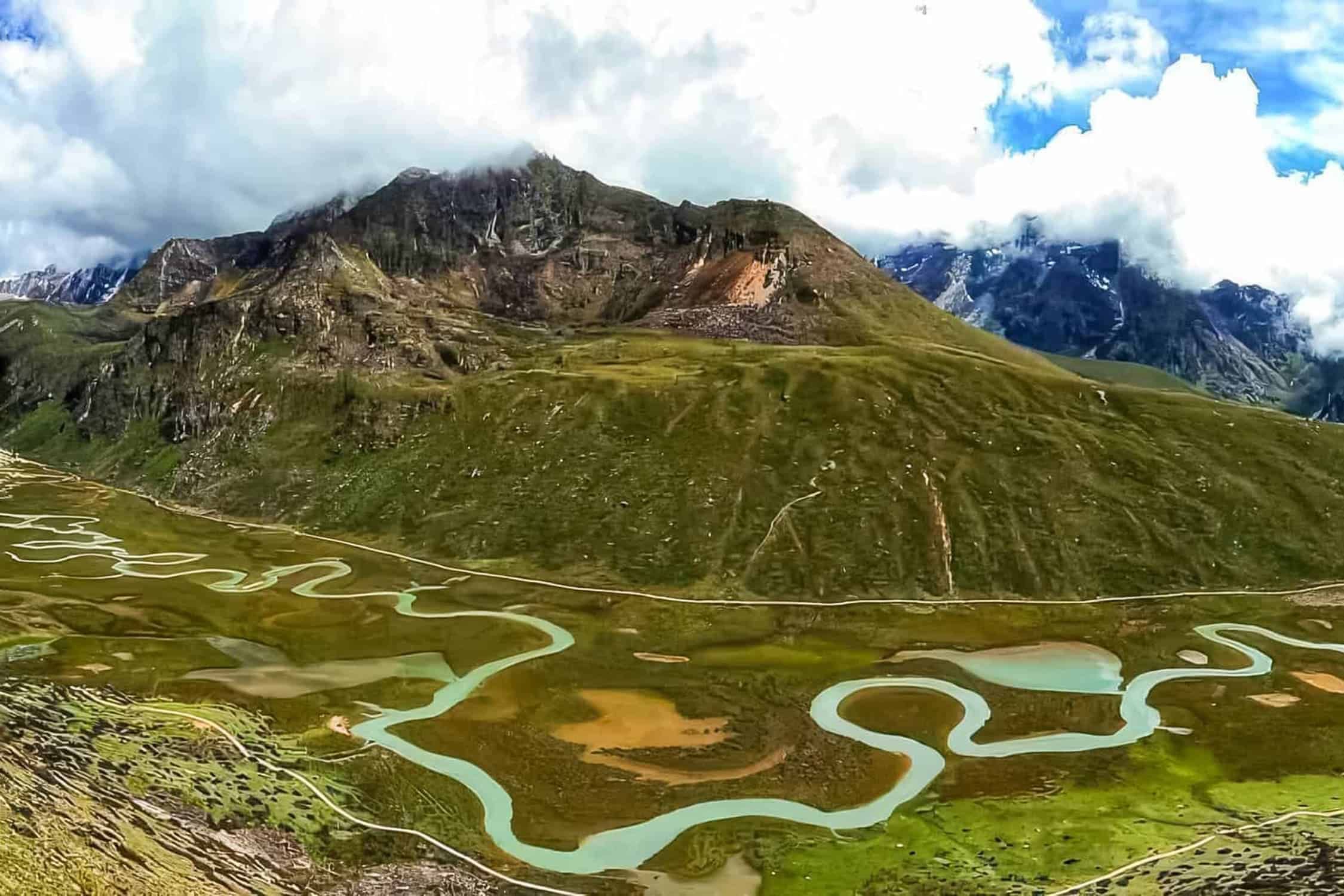Authentic Sikkim
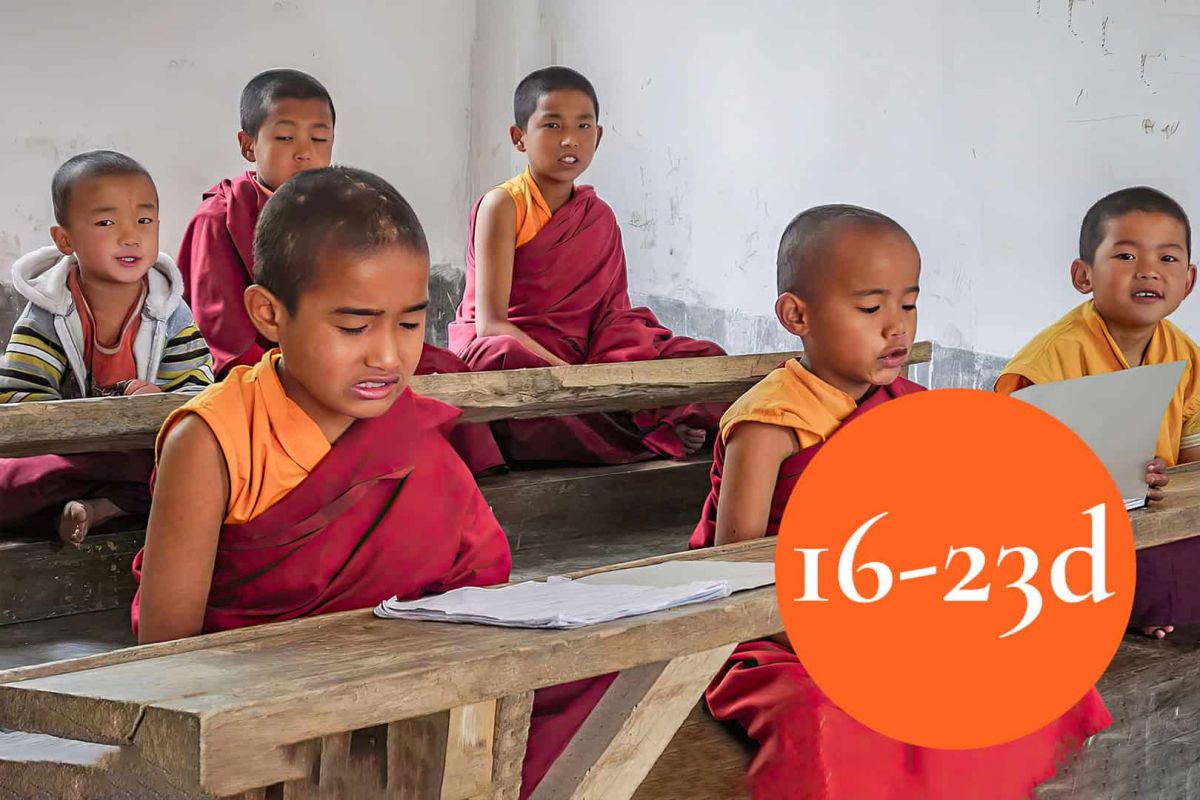
Group trips Sikkim – Hiking and culture
Easy
14 x
None
4,000m
We also offer all of our tours as private tours – at the best time for you, with your desired program.
Contact us – We will be happy to help you.
Short description
North Sikkim is only visited by a few western tourists and has managed to preserve much of its originality. On this tour, we are guests of local families and stay in simple rooms. We can’t expect luxury, but we do get an insight into the lives of Sikkimese families, which most travelers are unfortunately denied. We are amazed at the hospitality of these people and gain a wonderful insight into village and family life in Sikkim.
This tour focuses on warm encounters, beautiful nature and the ancient Buddhist culture. We go on easy hikes through small villages, to fantastic viewpoints, through idyllic valleys or to lonely monasteries… and we can treat ourselves to a hot bath in a healing spring. This is an extraordinarily varied tour through the unknown north of Sikkim. During the optional extension following the two-week tour in North and East Sikkim, we explore the West of this former kingdom.
Book with us
of experience on site.


